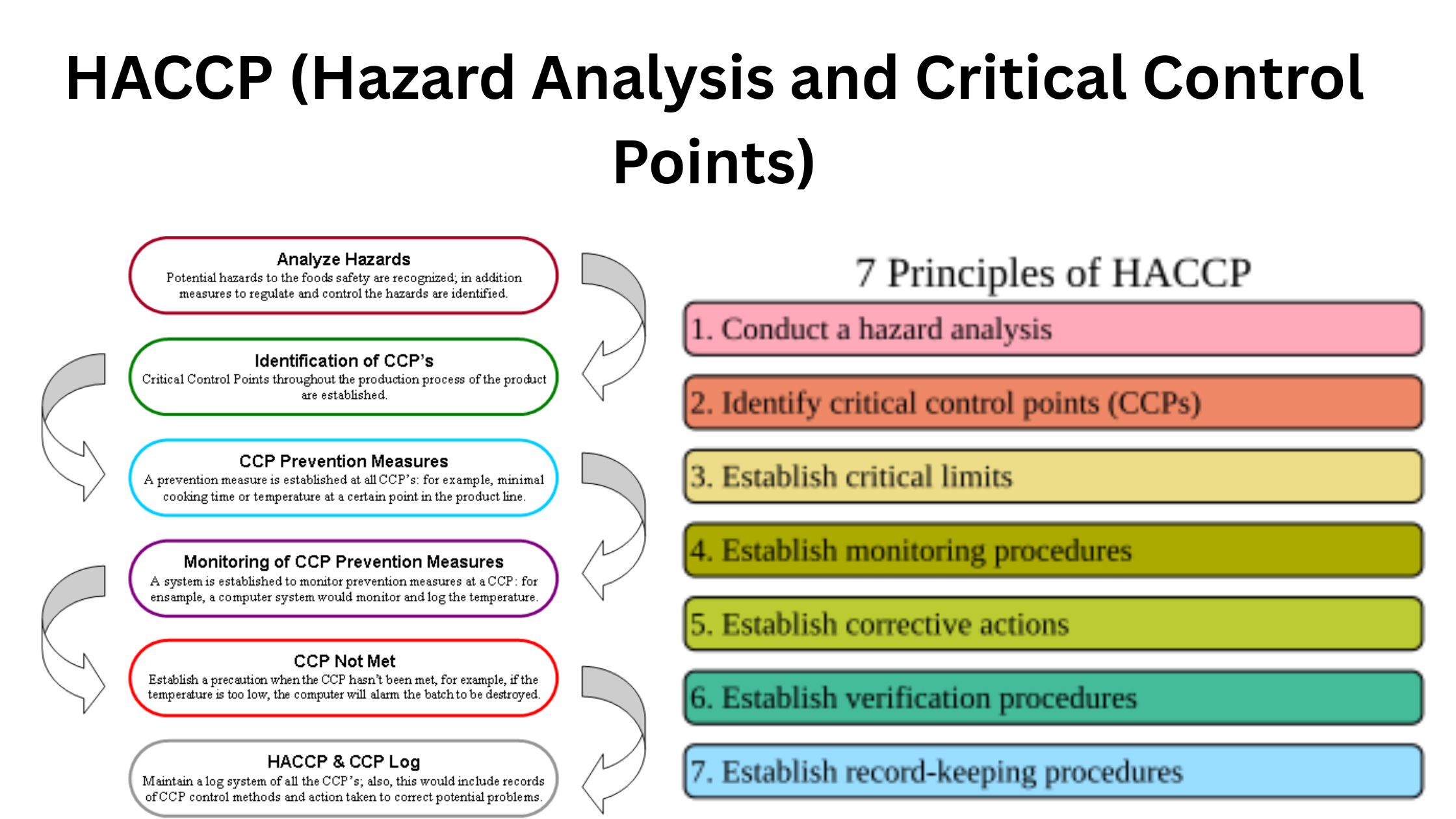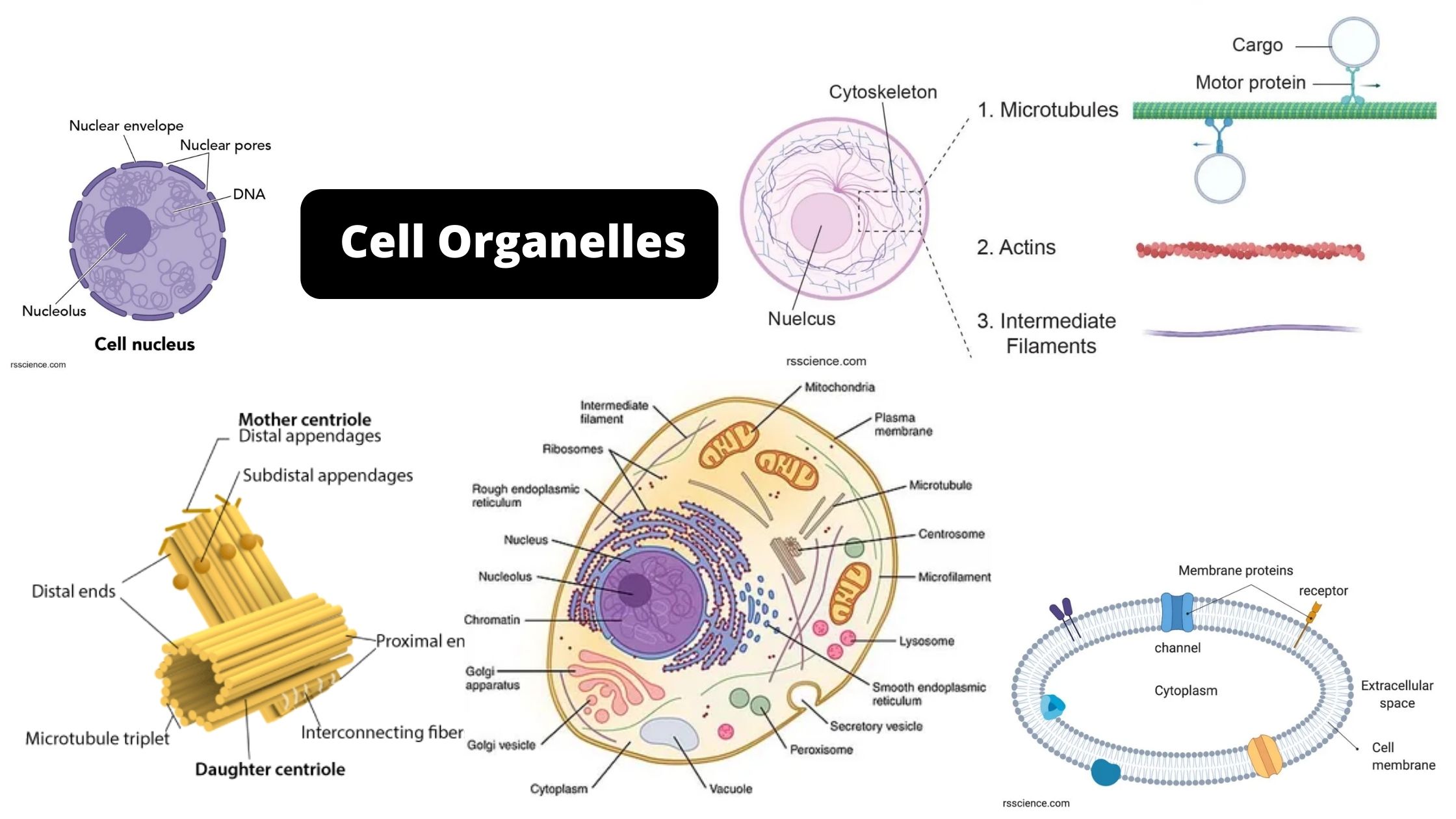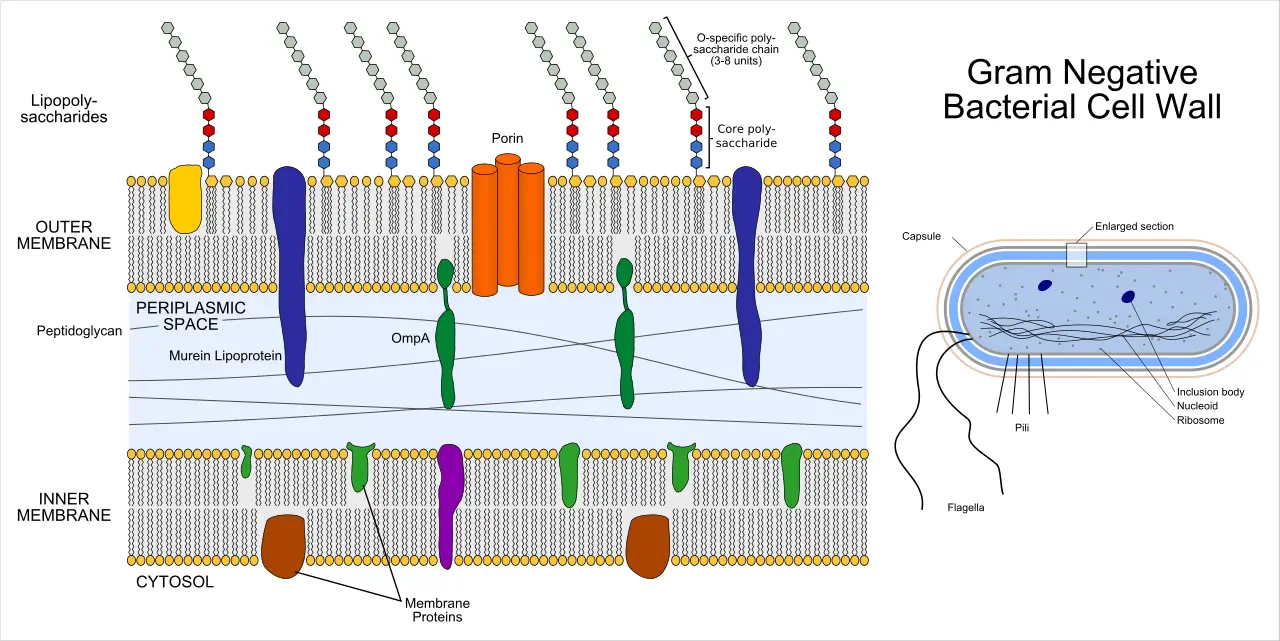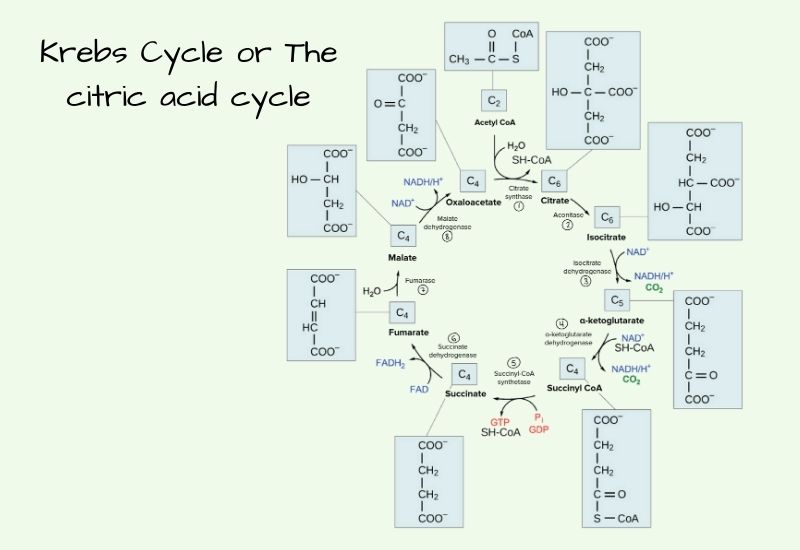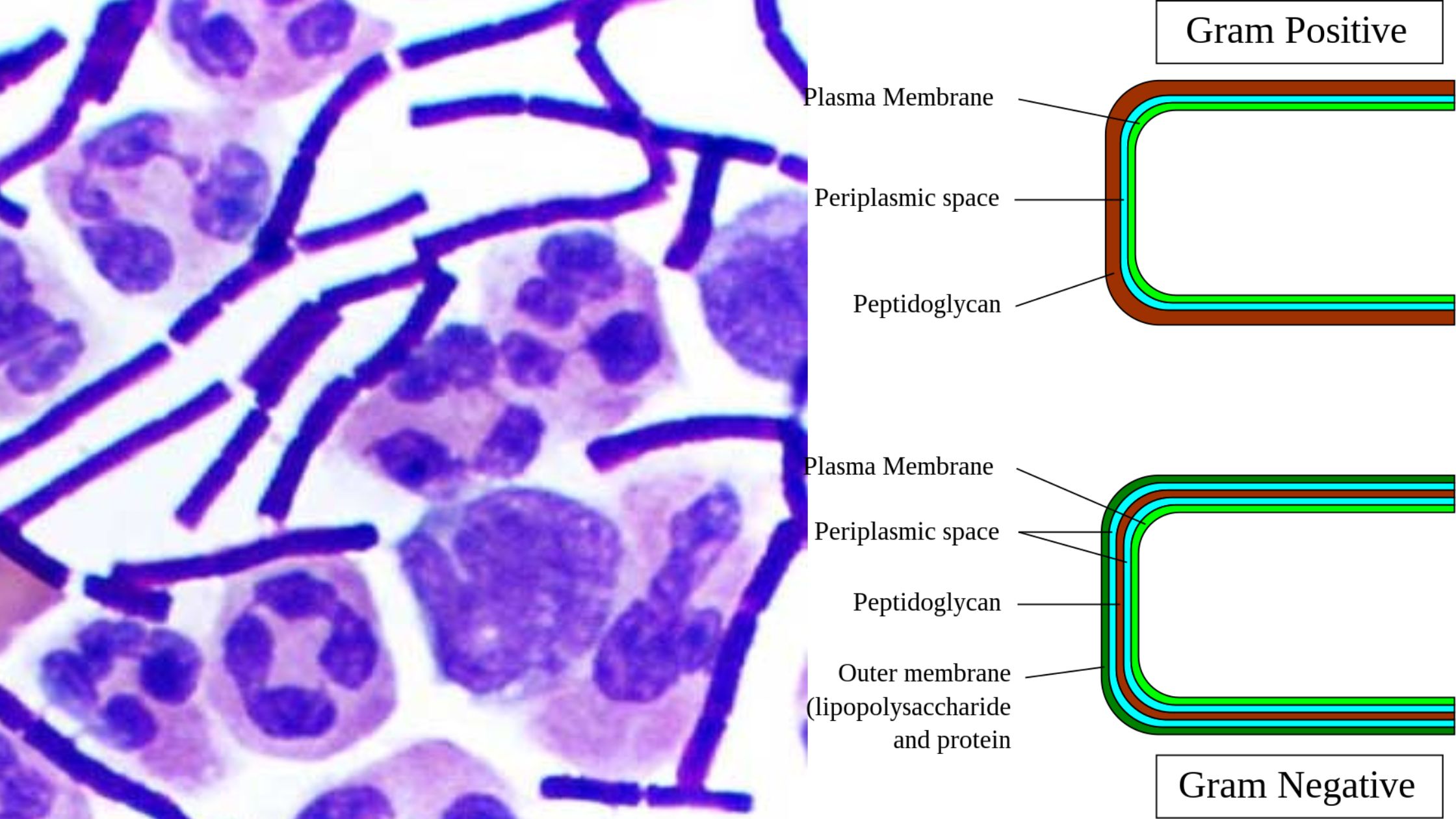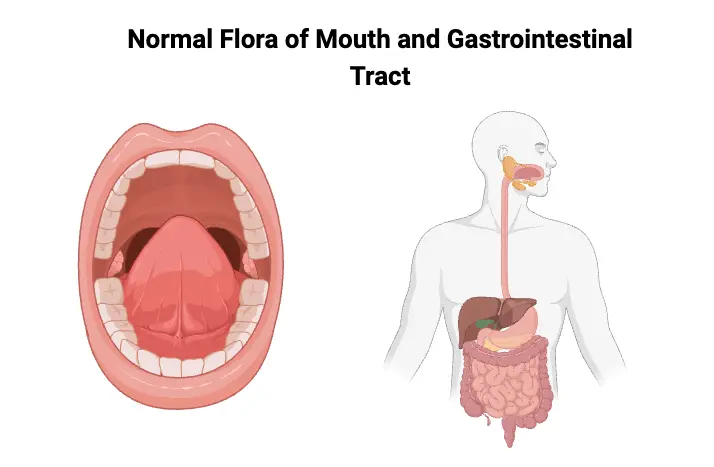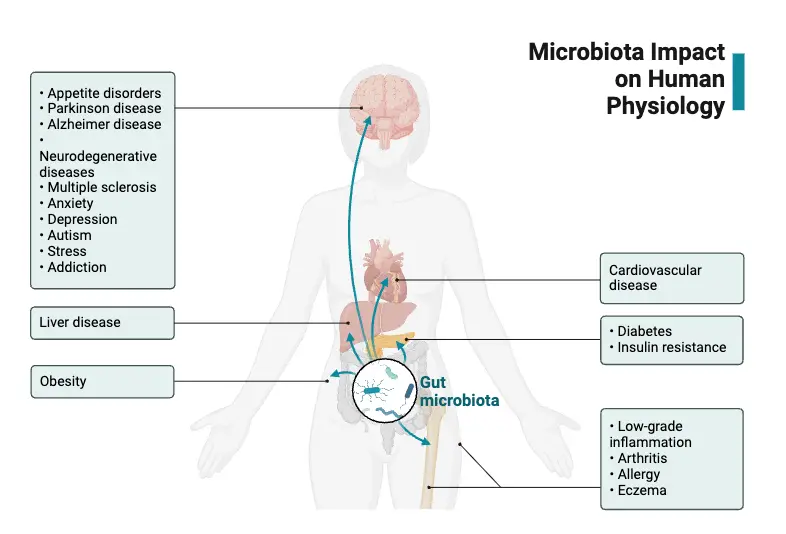Henderson Hasselbalch Equation – Principle, Uses, Practice, Examples
The Henderson-Hasselbalch equation is a handy formula used in chemistry and biology to estimate the pH of a solution, especially when dealing with buffers—mixtures that resist changes in acidity or alkalinity. Think of it like a cheat sheet for predicting how acidic or basic a solution will be based on the balance between a weak … Read more

